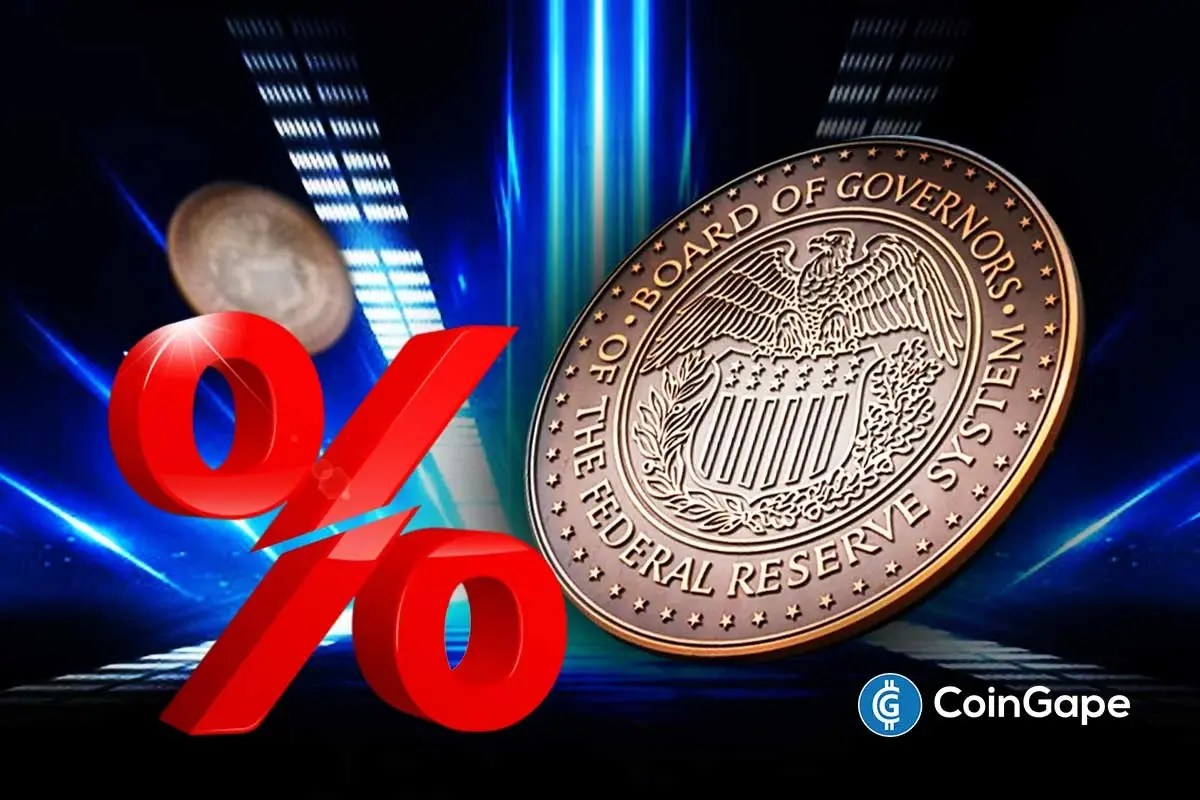West Texas Intermediate (WTI), the US crude oil benchmark, is trading around $60.50 during the Asian trading hours on Tuesday. The WTI edges lower amid a rise in US crude inventories. Traders brace for the release of the US Energy Information Administration (EIA) crude oil stockpiles report later on Wednesday.
Data released by the American Petroleum Institute (API) on Tuesday showed that crude oil stockpiles in the US for the week ending November 14 climbed by 4.4 million barrels compared to a rise of 1.3 million barrels in the previous week. Crude oil inventories in the United States are so far showing a net gain of 9.3 million barrels for the year, according to Oilprice calculations of API data.
“Overall, the report was relatively bearish. However, the market will be more focused on the release of the widely followed US Energy Information Administration (EIA) inventory numbers later today,” said ING analysts.
On the other hand, traders will closely monitor US sanctions targeting Russian oil companies Rosneft and Lukoil, which are set to take effect on Friday. Any signs of ongoing geopolitical tensions could boost the WTI price. The US Treasury said that sanctions imposed in October on Rosneft and Lukoil are already squeezing Russia’s oil revenue and are expected to curb its export volumes over time.
WTI Oil FAQs
WTI Oil is a type of Crude Oil sold on international markets. The WTI stands for West Texas Intermediate, one of three major types including Brent and Dubai Crude. WTI is also referred to as “light” and “sweet” because of its relatively low gravity and sulfur content respectively. It is considered a high quality Oil that is easily refined. It is sourced in the United States and distributed via the Cushing hub, which is considered “The Pipeline Crossroads of the World”. It is a benchmark for the Oil market and WTI price is frequently quoted in the media.
Like all assets, supply and demand are the key drivers of WTI Oil price. As such, global growth can be a driver of increased demand and vice versa for weak global growth. Political instability, wars, and sanctions can disrupt supply and impact prices. The decisions of OPEC, a group of major Oil-producing countries, is another key driver of price. The value of the US Dollar influences the price of WTI Crude Oil, since Oil is predominantly traded in US Dollars, thus a weaker US Dollar can make Oil more affordable and vice versa.
The weekly Oil inventory reports published by the American Petroleum Institute (API) and the Energy Information Agency (EIA) impact the price of WTI Oil. Changes in inventories reflect fluctuating supply and demand. If the data shows a drop in inventories it can indicate increased demand, pushing up Oil price. Higher inventories can reflect increased supply, pushing down prices. API’s report is published every Tuesday and EIA’s the day after. Their results are usually similar, falling within 1% of each other 75% of the time. The EIA data is considered more reliable, since it is a government agency.
OPEC (Organization of the Petroleum Exporting Countries) is a group of 12 Oil-producing nations who collectively decide production quotas for member countries at twice-yearly meetings. Their decisions often impact WTI Oil prices. When OPEC decides to lower quotas, it can tighten supply, pushing up Oil prices. When OPEC increases production, it has the opposite effect. OPEC+ refers to an expanded group that includes ten extra non-OPEC members, the most notable of which is Russia.
Source: https://www.fxstreet.com/news/wti-drifts-lower-to-near-6050-as-us-crude-inventories-rise-sanction-risks-in-focus-202511190356


